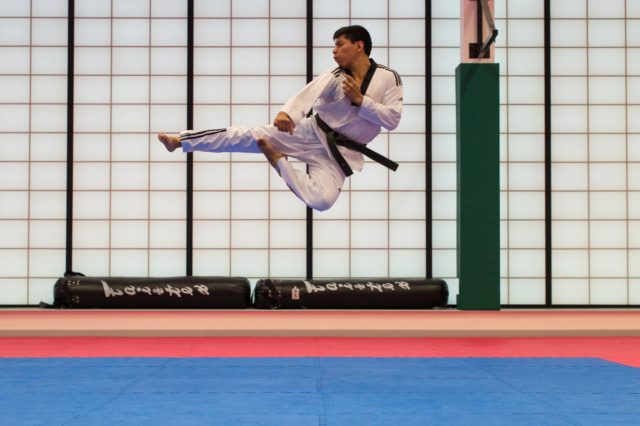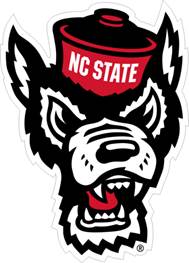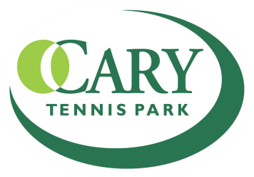Martial arts can result in a wide range of injuries, with the style of martial art strongly dictating the type of injuries experienced. For example, striking martial arts such as taekwondo and kickboxing place the participant more at risk of fractures, contusions and concussions when compared to non-contact or grappling disciplines. Taekwondo is commonly listed as the martial art with the highest injury rate (One recent study identified that 59% of competitors will experience some type of injury over a 12-month training period). Given taekwondo’s strong emphasis on explosive kicking techniques, it is unsurprising that the most common sites of injury were the ankle and knee (40.2%). As a former international taekwondo/kickboxing competitor, I have experienced such injuries firsthand and have learned the critical importance of early detection and intervention in minimizing rehab time and time away from competition.
Key Steps in Preventing Injuries
- Research the physical demands of your chosen martial art and ensure you are in appropriate physical shape prior to beginning your martial arts training. Supplemental training to help improve your cardiovascular fitness, strength, flexibility or agility may be necessary if you do not meet the entry requirements of your sport. Always start your training in a slow and gradual fashion. Ensure that you allow adequate training time prior to increasing the intensity and/or volume of your sessions.
- Always train and practice your martial art under the supervision of an experienced and sufficiently trained teacher.
- Learn how to perform appropriate warm-up and cool down routines. A simple 5-minute dynamic warm up can drastically decrease the chances of experiencing muscle strains during your training session. A cool down consisting of gentle stretching can help reduce muscle soreness and further decrease risk of injury.
- Ensure that you are wearing all of the appropriate protective equipment e.g. mouthguards, boxing gloves, shin guards. Check your equipment regularly for signs of wear and replace when necessary.
- Monitor your nutrition and hydration levels prior, during and post training sessions. Even mild levels of dehydration can dramatically affect your athletic performance.
Detecting injuries early can be the difference in ensuring you have a successful martial arts journey rather than being sidelined and frustrated for prolonged periods. Any medical professional involved in your care should be knowledgeable of your injury, compassionate and most importantly highly invested in your care from the second you walk into their clinic. At the Raleigh Orthopaedic Performance Centers, we believe in a team approach to your rehabilitation care and have witnessed this model prove highly successful in motivating our patients to achieve optimal results and return them to their chosen sport.
If you or anyone you know are struggling with a sports injury then please do not hesitate to reach out to us.
About the Author
Damien O’Sullivan graduated with a Masters in Physical Therapy from Queen Margaret University in 2009. He developed and ran a highly successful Physical Therapy Clinic in Cork, Ireland. During this time he was head physical therapist to the Irish United Taekwondo Federation and worked extensively with the National Kickboxing team. He started working at the Cary-Morrisville Performance Center in 2016 and currently treats a variety of sports injuries and orthopaedic conditions.










